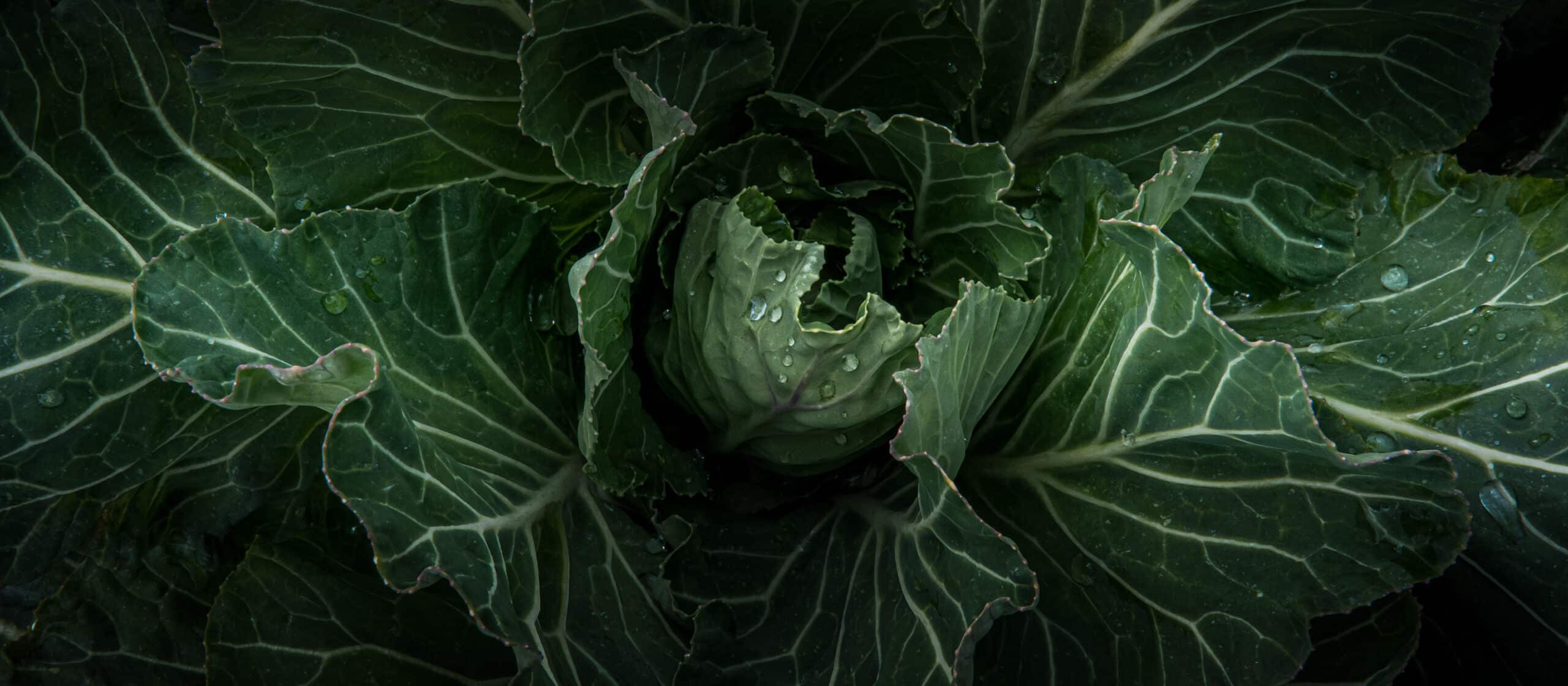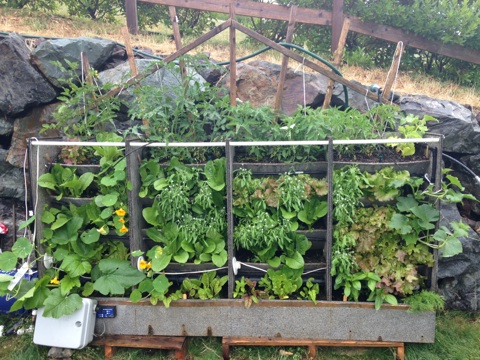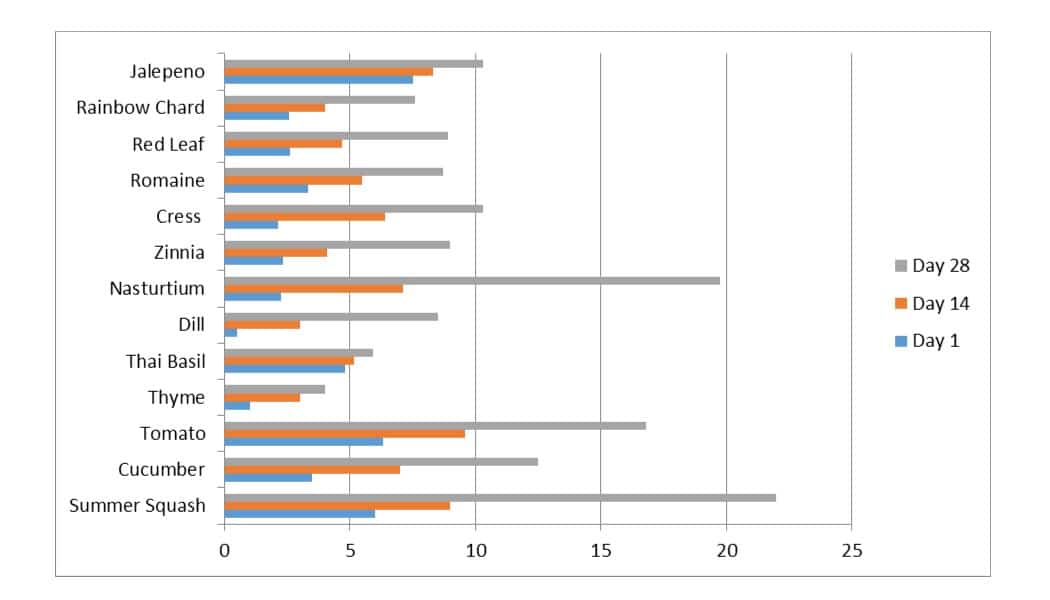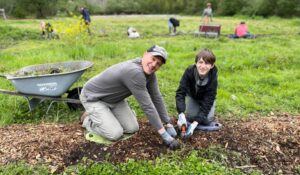
Experiment in Vertical Garden Yields Results
Experiment in Vertical Garden Yields Results
- posted on: July 3, 2014
- posted by: 21 Acres
"*" indicates required fields

If you grow your own food, you know the satisfaction in tasting the first fruit or vegetable of the season. The part that’s even better is when you have such a large harvest that there’s too much to keep and you start giving it away. That’s what I’m going through right now. I planted a variety of seedlings into a vertical garden and watched them rapidly grow. After 28 days, I have more lettuce than I know what to do with plus other vegetables growing so I’m giving it away to the volunteers who graciously spend their time contributing to 21 Acres.
At the end of May, I set up a vertical gardening system that was loaned to our organization by David Burdick, owner and designer of Earth Harmony Habitats, for the purpose and potential to improve its design and demonstrate the effectiveness of growing food in the vertical garden. The entire system is 8 feet long with 5 rows of grow beds stacked on top of each other with open space underneath for water to pass through to each layer. There’s also a trellis attachment for vine plants to grow up on the top row which I currently have tomatoes doing. Here’s a chart of vegetables I’m growing and the increase in height from Day 1 to Day 28. As you can see, it’s working successfully.
The plant growth is impressive, right? It gets better though. The simplicity of this vertical garden comes from the low maintenance of irrigation. There is a computerized timer that schedules the irrigation flows throughout the day and there’s a rain sensor so that it halts irrigation when the soil is already wet. However, I am experimenting with it right now by using rain barrels on a higher elevation to water the plants so there has been more attention to detail for the first month. Once I get enough pressure from raising the elevation, then the timer can be set.
How about growing plants year-round? There are plastic panels I can slide over the grow beds to trap the sun’s warmth and to maintain moisture levels for a comfortable plant environment. I will experiment with winter crops at the end of the year and will reduce the irrigation schedule. But for now, I am maximizing plant growth in a finite space to test which crops grow best. If you don’t have very much room to grow, this is a brilliant concept to adopt because it drains water through each row and doesn’t take up much space. Plus, you can harvest fresh herbs and vegetables anytime.
Happy Gardening,
Aaron











 back to blog overview
back to blog overview










